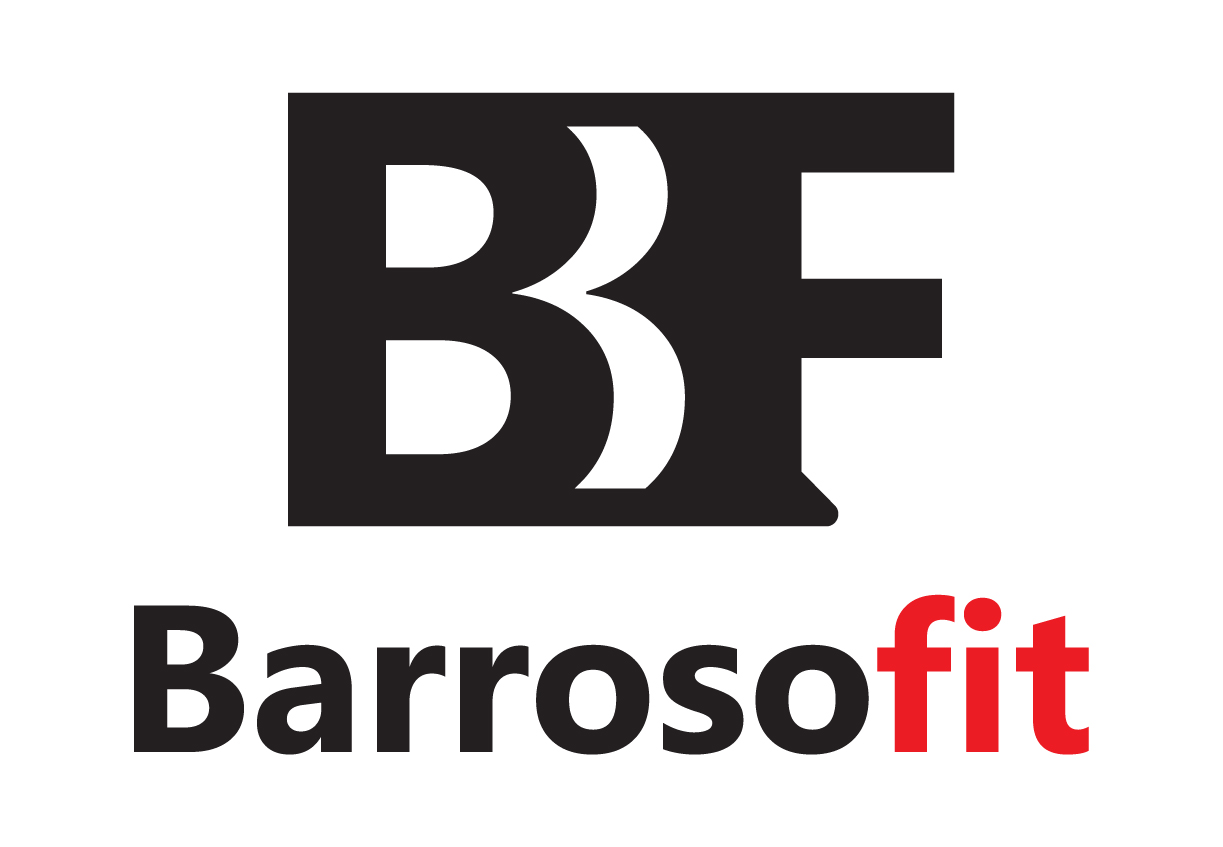By: Misty Jhones
High-protein diet: How and Why?
Do you want to build muscle mass and increase fat burning? Then it's smart to add more proteins to your diet. Many people think of eggs when it comes to protein-rich food. There are indeed many proteins in eggs: 1 egg contains about 7 grams of protein. But protein is in many more foods.
Proteins belong to the so-called macronutrients, which our bodies need in relatively large quantities to move, grow and function. The macronutrients also include carbohydrates and fats.
The main functions of proteins are muscle building and muscle recovery, but adding proteins to your diet also increases your metabolism. It costs the body more energy to digest proteins than the intake and conversion of carbohydrates. Due to the slower absorption of protein, the metabolism has to work harder and so a protein-rich diet helps to lose weight.
Amino Acids 101
Food proteins are broken down by the digestive system into the basic components: amino acids. These are then taken up by the cells of your body, which then glue the amino acids back together and turn them into body proteins. Your body needs 20 different amino acids to function. We can not make 9 of them ourselves: the essential amino acids, so we have to get them from food to survive. We can make the remaining 11 ourselves and therefore call it non-essential. If there is even a shortage of 1 single amino acid, the protein production of our body is greatly delayed and even stopped.
How much protein you need every day depends on your situation. Children, pregnant women, vegetarians, sick people and strength and endurance athletes have a greater need for protein than others. On average, you need 0.8 grams of protein per kilogram of body weight. A study in Journal of Sports Science recommends 1.4 to 1.8 grams of protein per kilogram of body weight for strength athletes.
Protein-Rich Food
The ideal macronutrient ratio for the loss of fat mass is: 30% protein, 50% carbohydrates and 20% fats (may differ per person). How do we easily add more proteins to our diet? Check out the list of superfoods that help you gain muscles effectively. There are two types of proteins: animal and vegetable. Animal proteins are found in meat, fish and dairy products:
Tuna
Salmon
Mackerel
Codfish
Chicken
Turkey
Red meat (steak)
Yogurt
Cottage cheese
Cheese
Meat and fish contain the most protein in relative terms: between 20 and 30%. A disadvantage of meat is that it contains a lot of saturated fats. White meat is leaner than red meat. When you eat fish, make sure that you eat only fish that are caught in the wild (which is many times leaner than farmed ones), and fish that is labeled with the MSC label. This means that the fish is caught in a sustainable way and that it can be traced back to the fishery from which the fish originated.
Because of the relative disadvantages of animal proteins, it is wise to extract at least two thirds of your protein requirement from vegetable proteins. They are in vegetables, nuts and seeds.
Plant-Based Protein Foods
Peas
Chickpeas
Lentils
Seaweed
Sprouted vegetables
Mushrooms
Soybeans
Kidney beans
Pistachio nuts
Cashew nuts
Peanuts
Falafel

